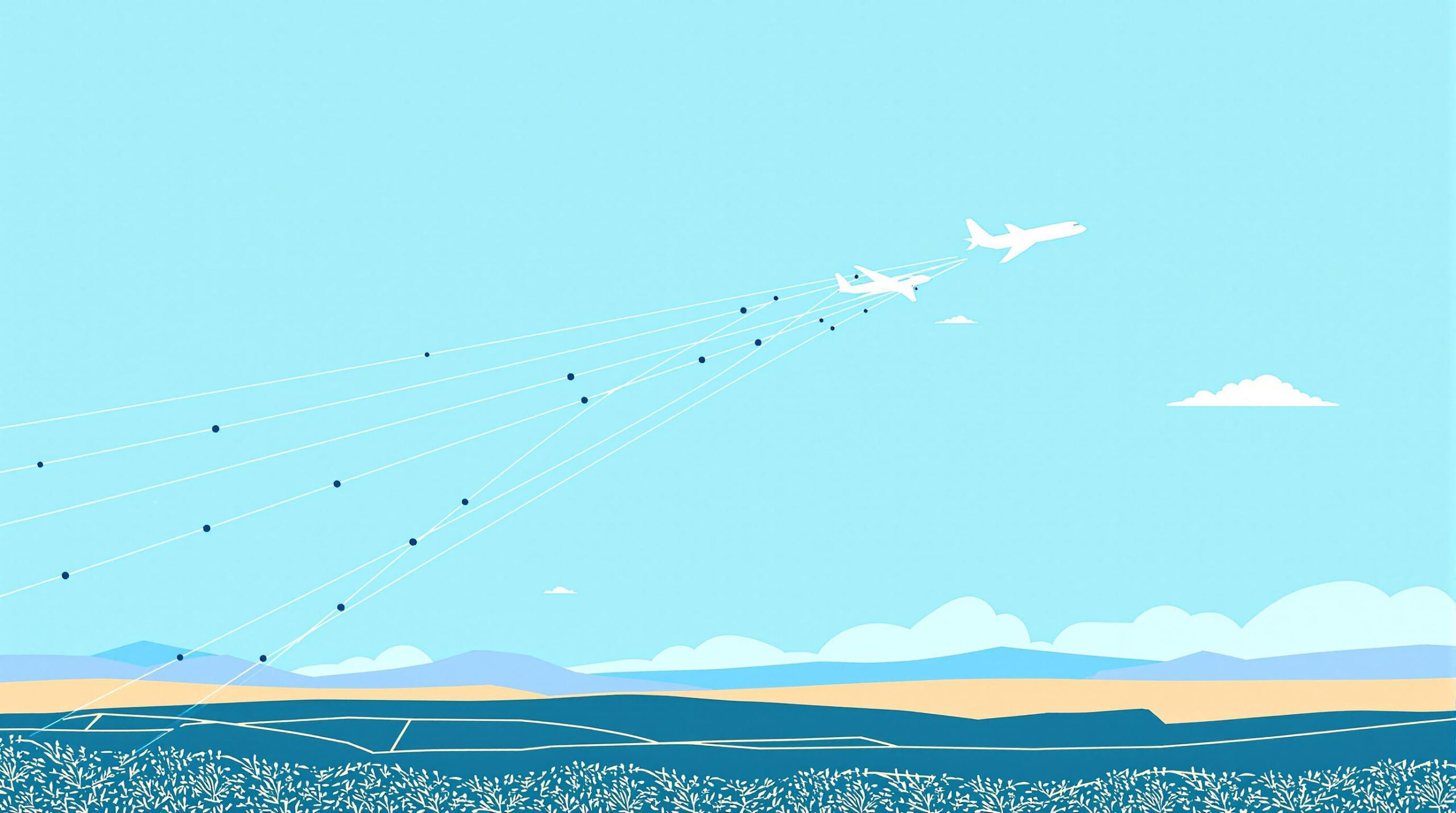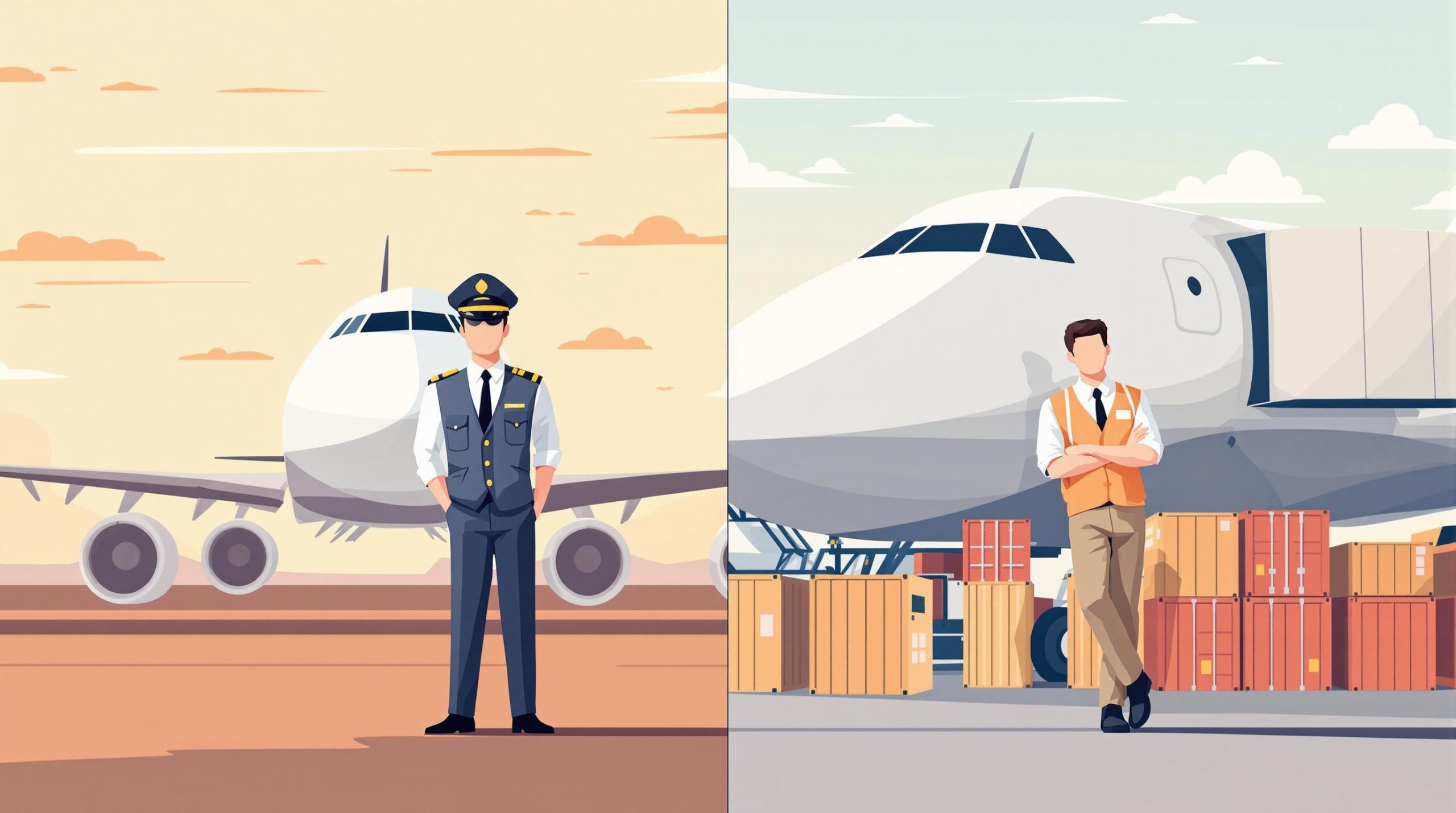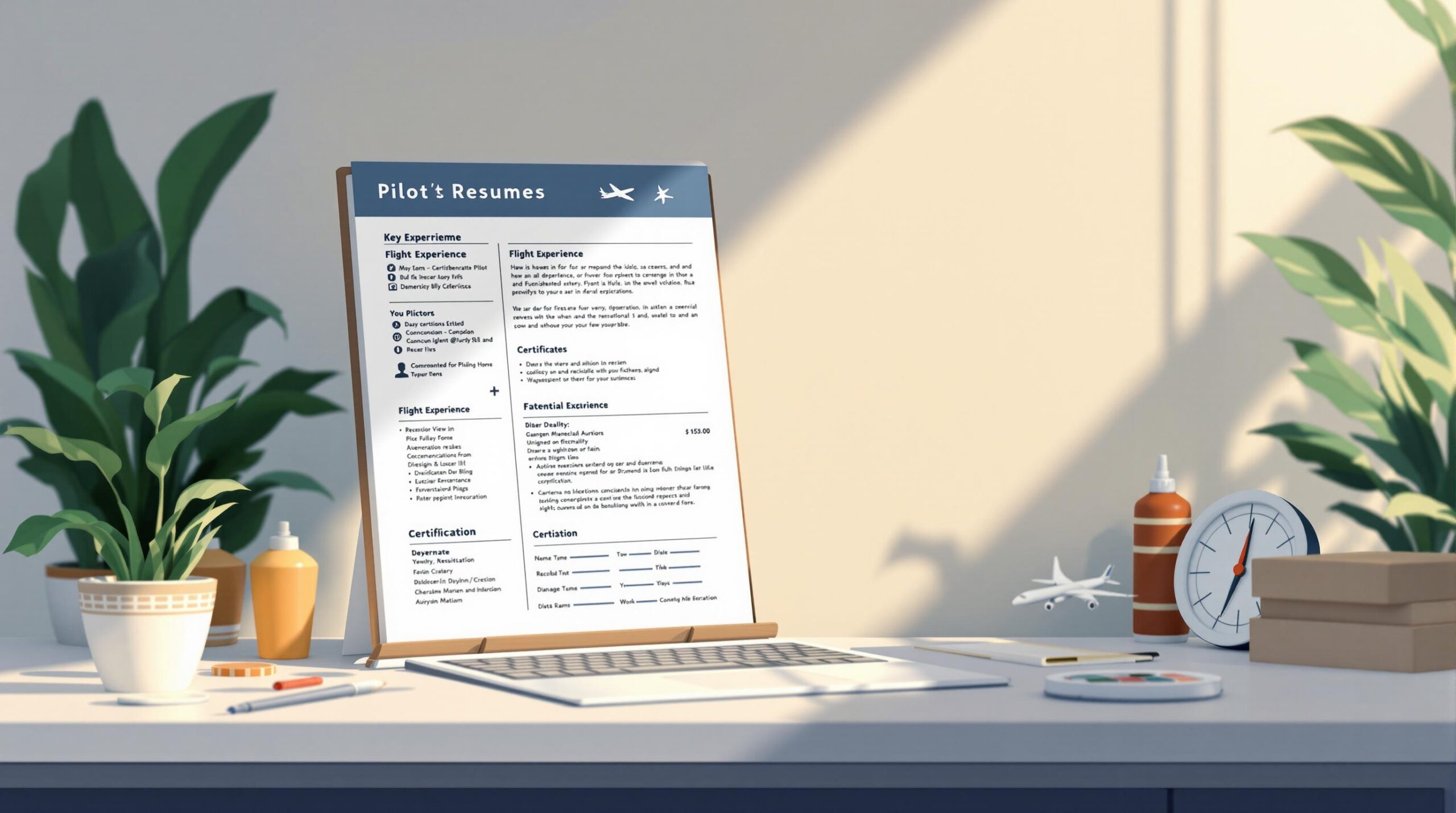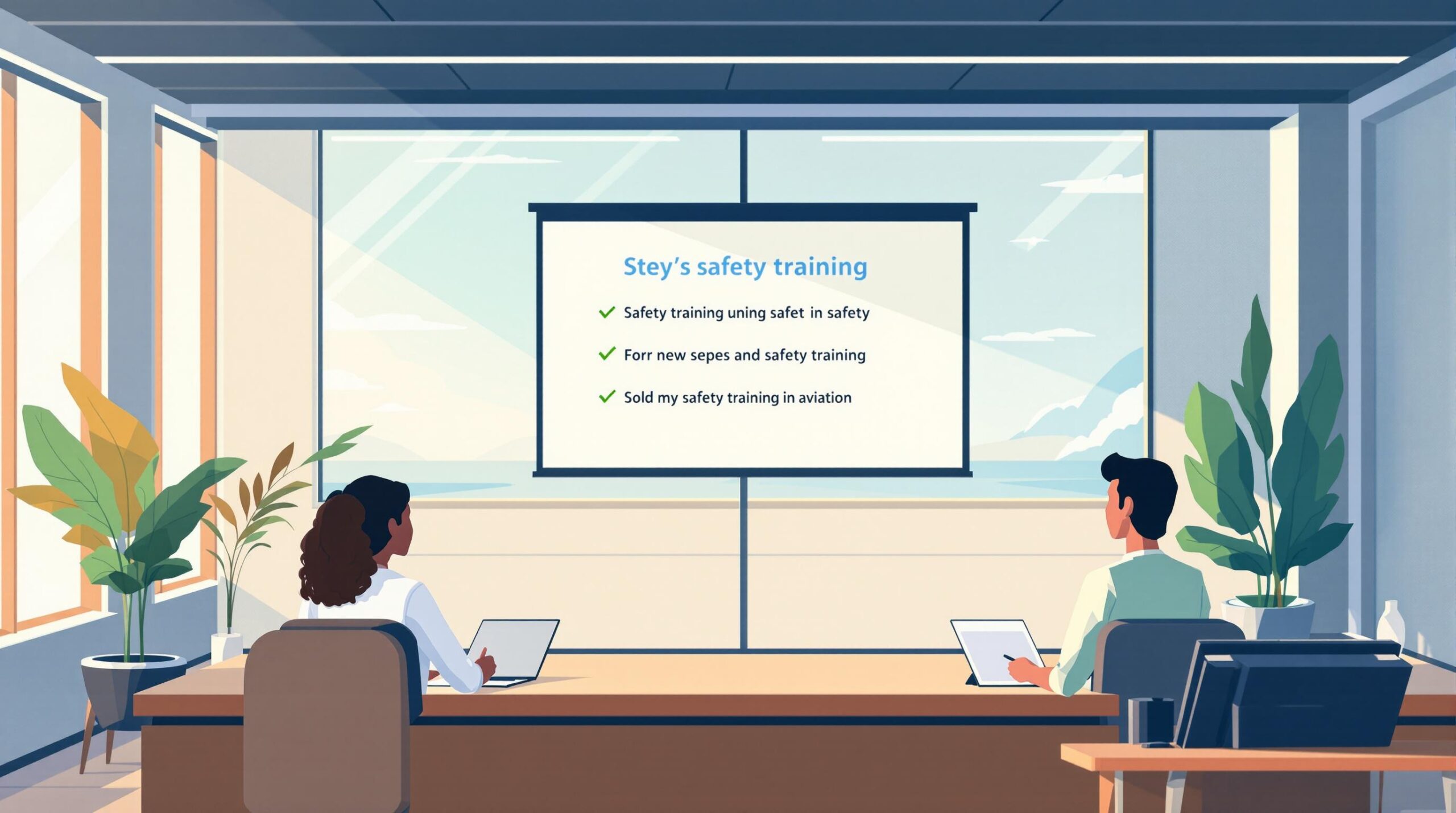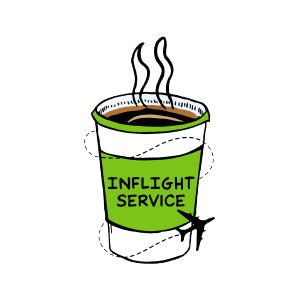Airlines save fuel and reduce costs by combining advanced technology with pilot expertise. They use real-time flight planning tools, weather data, and air traffic updates to create efficient routes and make mid-flight adjustments. Key strategies include:
- Real-Time Route Planning: Systems like the Route Availability Planning Tool (RAPT) optimize flight paths by avoiding bad weather and traffic delays.
- In-Flight Adjustments: Pilots monitor conditions and update routes, balancing safety and fuel efficiency.
- Cruise and Descent Optimization: Adjusting altitude, speed, and descent profiles helps reduce fuel burn.
- Technology and Tools: Apps like SkyBreathe OnBoard aid pilots in making real-time decisions.
This teamwork between technology and pilots not only cuts costs but also lowers carbon emissions, paving the way for a more efficient aviation industry.
How Airlines Save Fuel on Long Flights
Flight Planning Systems and Route Design
Flight planning systems analyze real-time data like aircraft performance, weather conditions, and airspace restrictions to create efficient routes. These systems calculate flight paths by factoring in variables such as wind patterns, aircraft weight, and air traffic limitations. A method known as cost index flight planning balances fuel usage with flight time to determine the best speed for each trip. Once these routes are developed, pilots play a key role in executing and adjusting them during flights.
One tool making a big impact is the Route Availability Planning Tool (RAPT). It helps airlines minimize weather-related delays by identifying routes and times affected by severe thunderstorms. This allows airlines to adjust plans while maintaining fuel efficiency and avoiding bad weather [5].
While advanced systems handle initial planning, pilots ensure everything runs smoothly in the air. They receive detailed briefing packets with route information, altitude suggestions, and weather updates [2]. Tools like the Electronic Flight Bag (EFB) app, such as SkyBreathe OnBoard, make it easier for pilots to interact with flight plans [3]. Real-time updates further help pilots modify routes on the go.
Trajectory management features are also pushing flight planning technology forward. The combination of advanced systems and pilot expertise ensures that strategies for saving fuel are effectively carried out [4].
"Fuel efficiency is not just an operational goal but a critical determinant of an airline’s profitability and environmental footprint." – Dana Knight, Product Director for Flight Planning, ETT Aviation [4]
sbb-itb-de05b1b
In-Flight Route Changes
Airlines constantly adjust flight routes mid-air to respond to real-time weather and traffic changes, ensuring the best fuel efficiency. Advanced algorithms and data analytics help airlines make these decisions even after takeoff, adapting to conditions that impact fuel consumption.
Weather and Traffic Response
Flight planning tools monitor weather and air traffic, allowing crews to make route changes on the fly. The Route Availability Planning Tool (RAPT) has transformed this process, especially during severe weather situations [5]. Before RAPT, airlines used "pathfinder" flights to test whether weather-affected routes could reopen – a process that took 60-90 minutes. Now, RAPT enables almost instant evaluations and route reopenings [5]. This is crucial, as 70% of air traffic delays are caused by weather. While these tools provide essential data, the final decisions rest with the pilots, who must adapt in real time.
Pilot Tasks During Route Changes
Pilots are at the core of implementing route adjustments while balancing safety and fuel efficiency. Their key tasks include:
| Task | Purpose | Impact on Fuel Efficiency |
|---|---|---|
| Monitoring weather conditions | Identify the best flight paths | Reduces extra fuel use from weather detours |
| Coordinating with air traffic control | Get clearance for route changes | Cuts down on delays and holding patterns |
| Updating flight plans | Apply new routes effectively | Keeps fuel usage optimized |
| Managing cost index | Balance speed with fuel consumption | Ensures efficient fuel burn rates |
Digital tools like the Electronic Flight Bag (EFB) app, including features like SkyBreathe OnBoard, help pilots handle these responsibilities effectively [3]. These apps provide real-time data, aiding in quick and informed decision-making.
At busy airports, where 40 to 60 flights might depart within 30 minutes, pilots must act fast and with precision [5]. They analyze weather, air traffic, aircraft performance, and fuel metrics to find the best routes. This teamwork between pilot expertise and advanced trajectory systems highlights how technology and human skill work together to maximize fuel efficiency during flights.
Cruise and Descent Fuel Savings
Best Cruise Heights and Speeds
Modern flight planning systems use real-time weather and performance data to pinpoint the best cruise altitudes and speeds. This helps pilots adjust mid-flight to save fuel. These adjustments depend on key factors that influence fuel usage:
| Factor | Effect on Fuel Consumption |
|---|---|
| Wind Patterns | Can cause up to 15% variation |
| Aircraft Performance | Improves efficiency by 3-5% |
| Air Traffic | Impact varies by route |
| Weather Conditions | Affects fuel by up to 10% |
Flight Plan Optimization (FPO) systems allow pilots to adjust altitude in real-time, avoiding unfavorable weather while staying fuel-efficient. Research by Krajewski highlights how these systems evaluate atmospheric conditions to find the most efficient routes [6].
Efficient Landing Approaches
Fuel savings don’t stop at cruising. The descent phase offers another chance to cut fuel use with advanced strategies. Continuous descent allows planes to glide smoothly from cruising altitude to landing, avoiding fuel-heavy level-flight segments.
This approach combines idle-thrust descents, configurations that lower drag, and early coordination with air traffic control to reduce fuel use and ensure smoother landings. Modern systems provide precise descent profiles tailored to the aircraft, weather, and traffic, helping pilots manage fuel-efficient landings with ease.
Conclusion: Team Effort in Fuel Savings
Combining Systems and Pilot Expertise
Fuel efficiency in aviation hinges on the synergy between cutting-edge technology and skilled pilots. Tools like flight planning software help chart optimized routes and enable real-time adjustments, making data-driven decisions a cornerstone of fuel-saving efforts. Airlines are constantly analyzing various operational factors to refine their efficiency strategies.
While pilots bring their expertise to apply fuel-saving measures, advanced software provides the data and insights that guide these actions. This collaboration between human judgment and technology has been critical in reducing fuel consumption across the industry.
What’s Next for Fuel Efficiency?
The aviation industry is pushing forward with new approaches to fuel efficiency, building on existing strategies and systems. Electric and hybrid-electric propulsion systems are emerging as promising options for the future. Additionally, the International Civil Aviation Organization (ICAO) has introduced global market-based measures aimed at cutting greenhouse gas emissions from international flights [1].
Upcoming advancements include:
- Predictive analytics paired with real-time weather monitoring
- Better coordination between air traffic control and flight operations
- Engine designs that focus on reducing fuel usage
These efforts depend on strong collaboration among airlines, tech providers, and flight crews. Pilots will continue to play a central role in turning these fuel-saving strategies into everyday practices.
